Nestled in the heart of Central America, Costa Rica beckons with its breathtaking natural beauty, rich biodiversity, and vibrant culture. Renowned for its commitment to sustainability and environmental conservation, this tropical paradise offers much more than just sun-soaked beaches and lush rainforests. In recent years, Costa Rica has emerged as a hotspot for digital nomads, offering an enticing blend of work, adventure, and exploration.
Through its innovative digital nomad program, Costa Rica invites international residents to live, work, and explore its diverse landscapes while enjoying the famed pura vida lifestyle. Let’s explore the specifics.
Benefits of the Costa Rica Digital Nomad Visa
Costa Rica’s digital nomad program invites international residents to work remotely while enjoying the country’s pura vida lifestyle. Under this program, visitors can extend their 90-day tourist visa to a full year, with the option to renew for an additional year. Digital nomads enjoy benefits such as exemption from income tax, the ability to open a national bank account, and the ability to validate their home country’s driver’s license. They may also avoid customs taxes on necessary telecommunications and electronic devices for remote work (conditions apply).
Destination Advantages:
Costa Rica boasts high connectivity, making it easy for digital nomads to stay in touch with their companies worldwide. Its geographic location, climate, time zone, air connectivity, and tourism experiences make it an appealing destination for digital nomads. According to InsureMyTrip, Costa Rica ranks among the top 10 digital nomad destinations globally. The country offers a wide range of accommodations, cuisine, transportation, and tour guides across its tourist regions. It’s known for its peace, nature, sustainability, hospitality, and wellness, offering diverse experiences with excellent value for money.
Legal Benefits:
Digital nomads are not considered normal residents for tax purposes, exempting them from certain tax obligations to the Costa Rican Ministry of Finance. They can use their home country’s driver’s license for the duration of their stay.
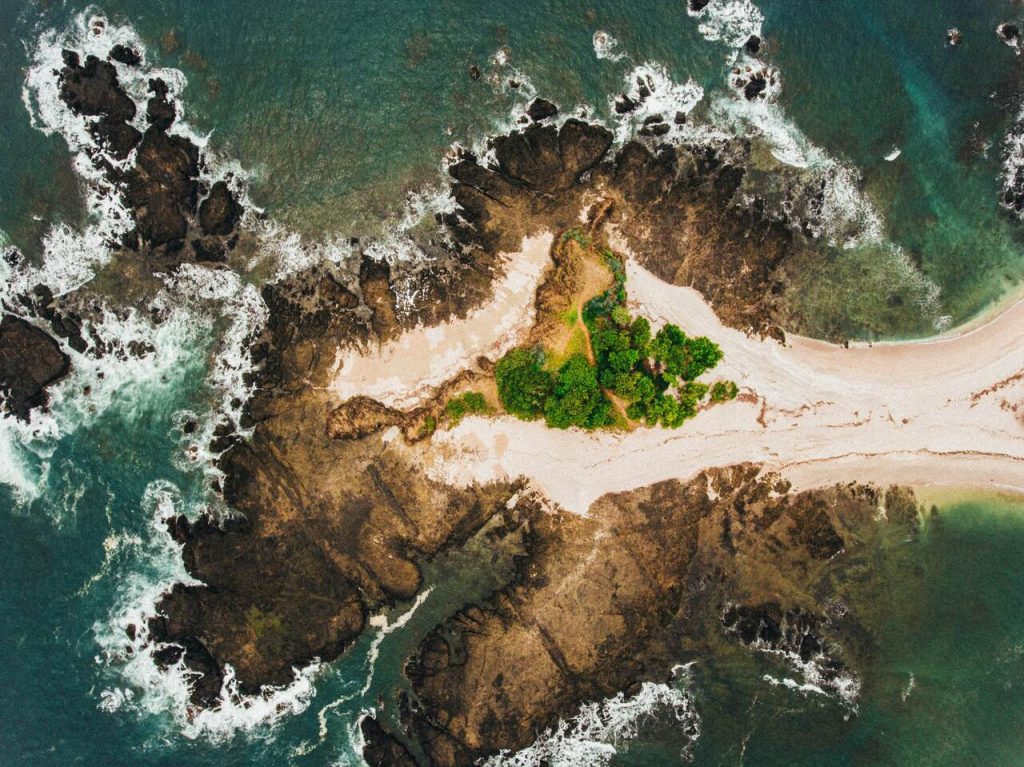
Requirements for Applicants of the Costa Rica Digital Nomad Visa
Foreign nationals and their dependents eligible to stay in the country under the immigration sub-category of Stay (Estancia) for Remote Workers and Service Providers must meet the following requirements:
- Complete and sign the application form, which is available for download from the Form, Regulation, and Legal Aid section of the official website. The form can be submitted either online through the Tramite Ya digital platform or in person at the central or regional offices of the General Directorate of Immigration (DGEM).
- Provide proof of payment to the Government, amounting to one hundred US dollars ($100.00) or the equivalent in Costa Rican colones, as per Article 256 of the General Law on Immigration and Aliens. This payment must be made to account no. 242480-0 of the Banco de Costa Rica.
- Submit a copy of the photo page of the foreign national’s valid passport, along with the page containing the Costa Rican entry stamp if the applicant is already in Costa Rica. The passport must be presented during the documentation process.
- Furnish consular or restricted visas applicable to the group of countries specified in Executive Decree no. 36626-G, titled “Regulation on granting entry visas to Costa Rica,” based on the applicant’s nationality. Exceptions listed in the General Guidelines on Visas for the Entry and Stay of Non-Residents will be considered.
- Provide bank statements accompanied by an affidavit affirming that the statements have been obtained from the relevant financial institution. These statements must demonstrate an income of at least three thousand US dollars ($3,000.00) per month at the official sale rate determined by the Central Bank of Costa Rica. Alternatively, applicants may submit a certification issued by a public accountant or notary public, either in Costa Rica or abroad, in accordance with the legislation of the respective country. This certification must be consularly legalized or apostilled.
- Ensure that all documents issued in a foreign language are accompanied by an official translation in Spanish. Applications for underage children or children with disabilities must be signed by the parent or legal guardian or their special representative if applicable. If submitted by a representative, the application must be accompanied by the respective power of attorney granted under the laws governing such legal acts.
In accordance with legal provisions and national security measures, visa issuance in this category is subject to a security review by the Directorate General of Migration and Aliens (DGME), including criminal and police record checks through national and international databases. To safeguard national security, DGME may also conduct biometric revisions.
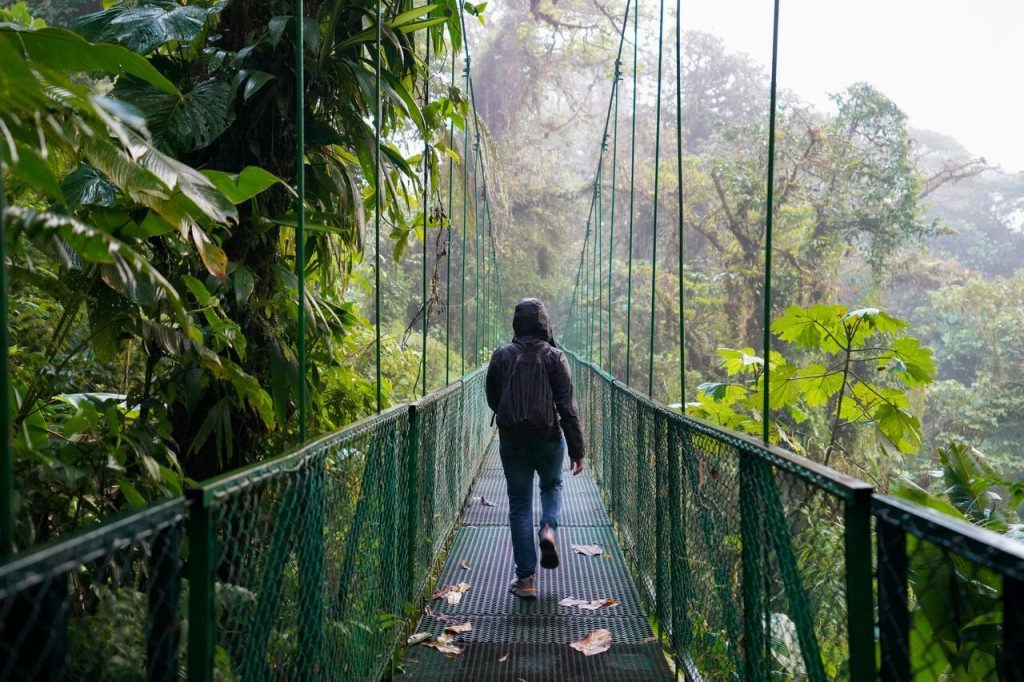
Requirements for Dependants
Spouses, common-law partners, children under twenty-five years old (or children of any age with disabilities), and/or seniors residing with the remote worker or service provider must provide the information outlined in items 1-4 for this specific sub-category.
To access the relevant forms, applicants can visit the “Formularios según Trámite” section on this page. Depending on preference, forms can be submitted online via the Tramite Ya digital platform or in person at the central or regional offices of the General Directorate of Immigration (DGEM).
Additionally, proof of familial connections must be provided through one of the following documents issued by the authorities of the applicant’s country of origin:
- Marriage certificate issued within the last six months.
- Declaration or recognition of civil union issued within the last six months by the competent authority.
- Birth certificate of minor children or unmarried children up to the age of 25.
- Medical opinion confirming the disability status of dependents, if applicable.
For seniors accompanying the applicant, evidence of familial relationship or cohabitation must be provided through an affidavit.
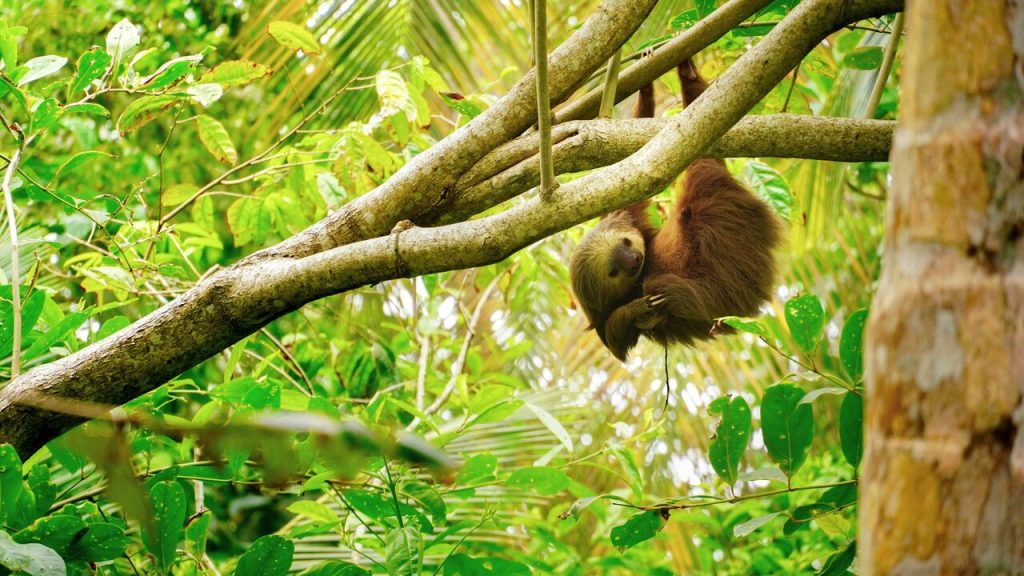
Costa Rica is estimated to have over 500,000 species, making it one of the most biodiverse countries in the world.
How To Get the Digital Nomad Visa Costa Rica: The Procedure
Foreign nationals and their dependents applying for the Stay (Estancia) program for Remote Workers and Service Providers need to follow certain steps, whether they are applying online or in person:
- Complete the registration process on the digital platform and give consent according to the law.
- If applying in person, schedule an appointment through the DGME’s Web Appointments Portal under the Stay (Estancia) for Digital Nomads option.
- Go to the Foreign Nationals Administration Service Platform with all required documents. (This platform is available at the main DGME offices in La Uruca or at regional offices that handle DGME procedures.)
- Once the application is submitted, the Foreign Nationals Administration or the regional coordinating body has 15 days to issue a written resolution about the application.
- Within 5 days of receiving the application, the office will send a notice listing any missing requirements or asking for more information.
- The applicant then has 8 working days to provide the missing information or clarify anything.
- If all the requirements are met, the administration has the remaining 15 days to make a final decision.
- If the applicant doesn’t provide the necessary information within 8 working days, the application will be rejected according to the law, and the file will be closed.
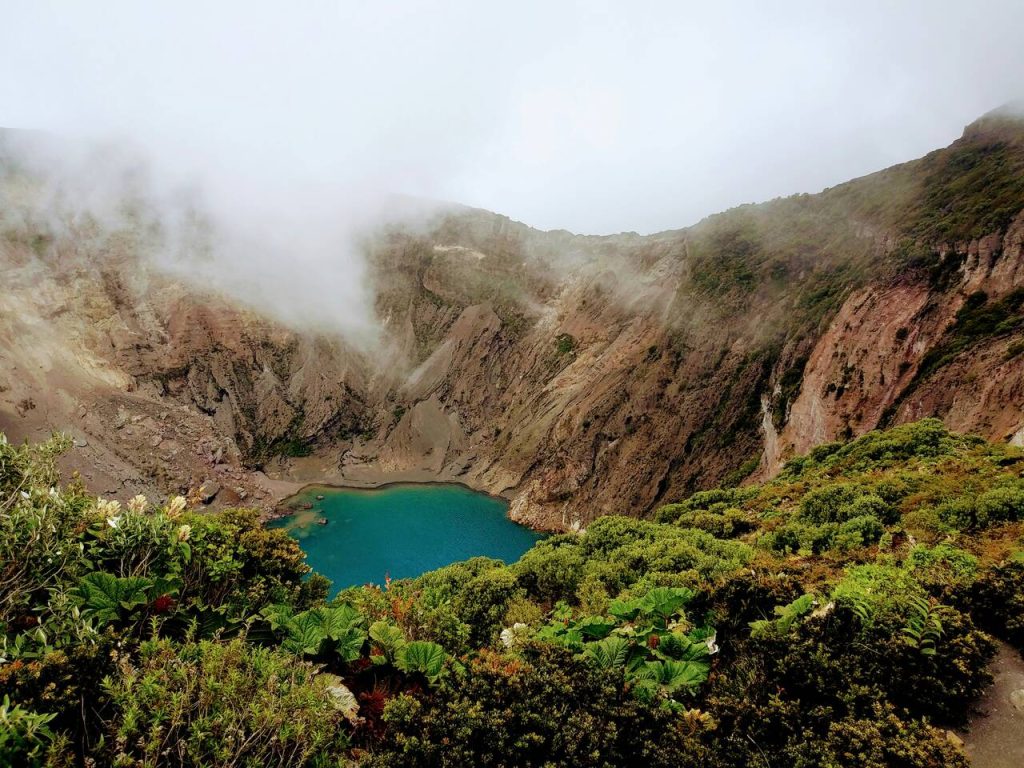
Immigration Document Issuance Process
Upon receiving notification of approval for legal stay in Costa Rica under the Stay (Estancia) sub-category for Remote Workers, foreign nationals have three months to complete the immigration accreditation process. Failure to do so within this timeframe may result in the cancellation of the granted immigration status.
To schedule an appointment for documentation, foreign nationals must contact the Immigration Call Center at 1311 or the Bank of Costa Rica at 800-227-2482.
During the appointment, foreign nationals must provide:
- Proof of payment to the government as specified in the approval resolution, in accordance with Article 215 of the General Law on Immigration and Aliens.
- Proof of payment to the government totaling $90.00 for the request for legal stay documents and the issuance of the legal stay certification, as well as fees for the Special Social Immigration Fund.
- Receipt for a single payment as a guarantee deposit for non-residents in the Stay (Estancia) sub-category, according to the regulations outlined in Executive Decree 36539-G.
- Valid and undamaged passport of the foreign national. The passport used to initiate the process must be provided as proof of identity. If the passport is expired, it must be submitted along with a valid travel document.
- Medical services policy covering the applicant and their dependents for the entire authorized legal stay period.

Medical Insurance Requirement for Legal Stay
- Coverage Amount: The policy should cover medical expenses for illnesses in Costa Rica, with a minimum of $50,000.
- Duration of Coverage: Ensure the policy remains valid for the entire stay in the country.
- Insurance Providers: Choose insurance companies authorized by Costa Rica’s insurance regulatory authority or opt for international insurance with the required coverage.
For families, each member must have their own policy meeting these criteria. Find the best Digital Nomad Insurance providers here.
Renewal Requirements for the Costa Rica Digital Nomad Visa
To renew their stay in Costa Rica under this immigration category, foreign nationals must meet the following criteria:
- Minimum Presence: Demonstrate presence in Costa Rica for at least 80 days, as mandated by Article 15 of the Law.
Renewal Process:
- Application Form: Complete and sign the application form either digitally via the Tramite Ya platform (https://tramiteya.go.cr/dgme/) or any other official digital platform provided by DGME.
- Financial Documentation: Provide bank statements along with an affidavit confirming income earned outside Costa Rica. The income should be at least $3,000 per month per applicant or $4,000 per month for family applications. Alternatively, submit a certification from a public accountant or notary public, duly legalized or apostilled.
- Government Fees: Pay the specified fees as indicated in the approval resolution and for the legal stay documents, including fees for the Special Social Immigration Fund.
- Passport: Present a valid passport, along with any expired passports used for identification purposes.
- Medical Insurance: Procure a medical services policy covering the applicant and their dependents for the entire authorized legal stay period.
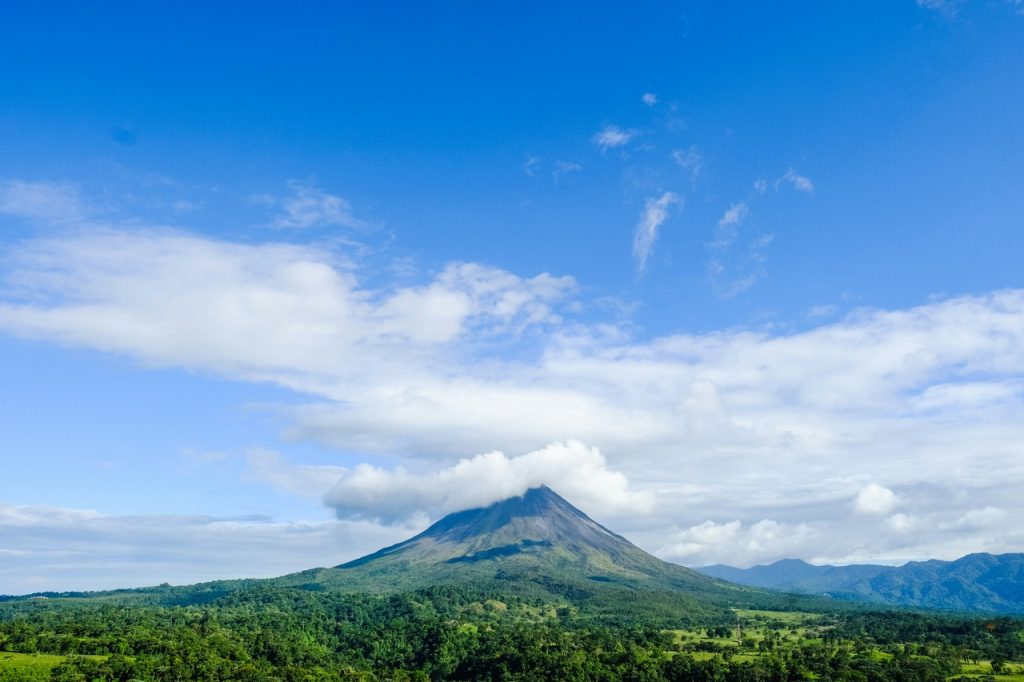
How safe is it to live in Costa Rica?
Costa Rica is generally considered a safe country to live in, with a relatively low crime rate compared to other countries in Latin America. Here are some official numbers and facts regarding safety in Costa Rica:
- Global Peace Index: According to the Global Peace Index, Costa Rica ranks as one of the most peaceful countries in Latin America. In the 2021 index, it ranked 33rd out of 163 countries globally.
- Homicide Rate: The homicide rate in Costa Rica has been relatively stable in recent years. According to data from the United Nations Office on Drugs and Crime (UNODC), Costa Rica had a homicide rate of 11.7 per 100,000 inhabitants in 2019, which is lower than many other countries in the region.
- Tourist Safety: Costa Rica is a popular tourist destination, and the government takes significant measures to ensure the safety of tourists. Tourist areas are generally well-policed, and violent crimes against tourists are relatively rare. However, petty crime such as theft and pickpocketing can occur, particularly in crowded tourist areas.
- Security Measures: The Costa Rican government has implemented various security measures to combat crime, including increasing police presence in high-crime areas, enhancing border security, and investing in crime prevention programs.
- Crime Hotspots: While overall crime rates are relatively low, certain areas of Costa Rica, particularly urban centers like San José, may experience higher levels of crime. It’s essential for residents to exercise caution and be aware of their surroundings, particularly at night.
- Community Policing: Costa Rica has implemented community policing initiatives aimed at fostering cooperation between law enforcement agencies and local communities to prevent crime and improve public safety.
- Natural Disasters: While not directly related to crime, Costa Rica is prone to natural disasters such as earthquakes, hurricanes, and floods. The government has disaster preparedness and response plans in place to mitigate the impact of these events and ensure the safety of residents.
Overall, while no place is entirely free from crime, Costa Rica is considered relatively safe for residents. Like any country, it’s essential to take common-sense precautions to ensure personal safety and security.
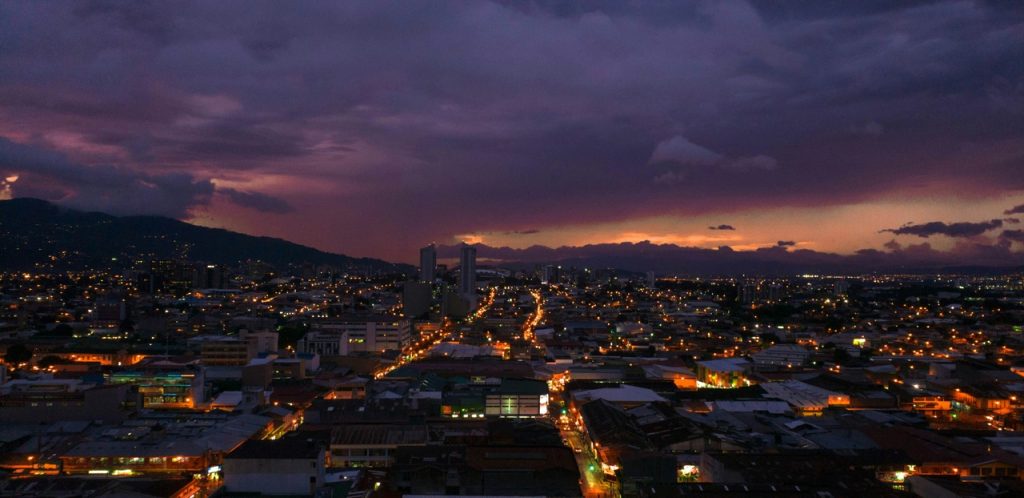
How Family-Friendly is Costa Rica?
Costa Rica’s totally awesome for families! Here’s why:
- Nature Galore: Imagine hiking through cool rainforests, chilling on beautiful beaches, and checking out epic volcanoes like Arenal. It’s like a real-life adventure movie!
- Adrenaline Rush: Get ready for some serious fun! You can fly through the treetops on zip lines or brave the rapids while whitewater rafting. There are tons of rad activities for the whole fam.
- Wildlife Galore: Say hi to some of the coolest critters around! From colorful birds to lazy sloths, you’ll spot all kinds of awesome animals. Don’t forget your camera!
- Sweet Places to Stay: Whether you’re into chill resorts, eco-friendly spots, or cozy rentals, Costa Rica’s got you covered. Plus, lots of places have cool stuff like pools and games for the kiddos.
- Safety First: As written above, Costa Rica’s pretty safe, so you can relax and enjoy your vacay. Just keep an eye out like you would anywhere else, and you’re good to go!
- Culture Vibes: Immerse yourselves in Costa Rica’s awesome culture! Check out local markets, join in on cool festivals, and try your hand at making some traditional dishes.

How to get to Costa Rica
Getting to Costa Rica is relatively easy, with several options available:
- By Air: The most common way to reach Costa Rica is by flying into one of its international airports. The two main airports are Juan Santamaría International Airport (SJO) near San José, the capital city, and Daniel Oduber Quirós International Airport (LIR) in Liberia, Guanacaste. These airports receive flights from major cities in North America, Europe, and other parts of the world.
- By Land: If you’re already in a neighboring country, you can also reach Costa Rica by land. Costa Rica shares borders with Nicaragua to the north and Panama to the south. There are bus services and organized tours that cross these borders, although travel times and routes may vary.
- By Sea: While less common, some travelers opt to arrive in Costa Rica by cruise ship. Cruise ships often dock at ports such as Puntarenas or Puerto Limón, allowing passengers to explore the country’s coastal regions.
Where are the Best Places to Live in Costa Rica?
Some of the best places to live in Costa Rica include:
- San José: As the capital city, San José offers a bustling urban lifestyle with modern amenities, cultural attractions, and a diverse expat community. It’s a great option for those who enjoy city living and want access to a wide range of services and entertainment options.
- Guanacaste: Known for its stunning beaches, warm climate, and laid-back atmosphere, Guanacaste is a popular choice for expats seeking a relaxed coastal lifestyle. Cities like Tamarindo and Playas del Coco offer excellent amenities and easy access to outdoor activities like surfing, fishing, and snorkeling.
- Central Valley: The Central Valley region, which includes cities like Heredia, Alajuela, and Escazú, offers a temperate climate, lush landscapes, and proximity to San José. It’s a favorite among expats looking for a more tranquil setting with cooler temperatures and beautiful mountain views.
- Arenal: Nestled in the northern lowlands near the iconic Arenal Volcano, this area boasts stunning natural beauty, including lush rainforests, hot springs, and picturesque lakes. It’s ideal for nature lovers and outdoor enthusiasts who enjoy hiking, birdwatching, and wildlife spotting.
- Southern Zone: The Southern Zone, encompassing areas like Dominical, Uvita, and Ojochal, is known for its pristine beaches, dense rainforests, and a slower pace of life. It’s a haven for eco-conscious individuals seeking a more off-the-grid lifestyle surrounded by nature.

When is the Best Time to Visit Costa Rica?
Generally speaking, the best time to visit Costa Rica is during the dry season, which typically runs from December to April. This period offers plenty of sunshine, minimal rainfall, and ideal conditions for outdoor activities like hiking, beachgoing, and wildlife spotting.
If you’re planning to visit the Pacific coast or central regions of Costa Rica, the dry season is an excellent time to enjoy sunny days and clear skies. However, keep in mind that this is also the peak tourist season, so popular destinations may be more crowded, and prices for accommodations and activities may be higher.
On the other hand, if you’re interested in visiting the Caribbean coast of Costa Rica, you may want to consider traveling during the region’s dry season, which typically occurs from September to October. During this time, you can enjoy sunny weather and fewer crowds, making it an ideal time to explore the stunning beaches and lush rainforests of the Caribbean coast.
The Most Important Words and Phrases in Spanish
Here are just a few basic words and phrases to get started with Spanish. Learning these can be helpful for travelers or anyone interested in the language!
- Hola – Hello
- Adiós – Goodbye
- Por favor – Please
- Gracias – Thank you
- De nada – You’re welcome
- Sí – Yes
- No – No
- ¿Cómo estás? – How are you?
- Bien – Good
- Mal – Bad
- ¿Cómo te llamas? – What’s your name?
- Me llamo… – My name is…
- ¿Dónde está…? – Where is…?
- Sírvase – Help yourself
- Lo siento – I’m sorry
- ¿Qué tal? – How’s it going?
- Mucho gusto – Nice to meet you
- Disculpe – Excuse me
- ¿Cuánto cuesta? – How much does it cost?
- ¿Dónde está el baño? – Where is the bathroom?
- La cuenta, por favor – The bill, please
- ¿Puedo ayudarte? – Can I help you?
- Perdón – Pardon me
- Estoy perdido/a – I’m lost
- ¡Salud! – Cheers!

Costa Rica is home to four main species of monkeys: Mantled Howler Monkey, White-headed Capuchin, Central American Squirrel Monkey, and Geoffroy’s Spider Monkey.
10 Fun Facts and Interesting Insights About Costa Rica
- Biodiversity Hotspot: Despite its small size, Costa Rica is one of the most biodiverse countries in the world, hosting around 5% of the planet’s biodiversity.
- No Army: Costa Rica abolished its army in 1948 and redirected its defense budget towards education, healthcare, and environmental conservation.
- Pura Vida: “Pura vida” is a common saying in Costa Rica that translates to “pure life” and embodies the country’s relaxed and optimistic outlook on life.
- Volcano Wonderland: There are over 200 volcanic formations in Costa Rica, with some still active, providing stunning landscapes and geothermal hot springs for relaxation.
- Blue Zones: Several regions in Costa Rica, known as Blue Zones, have been identified as places where people live significantly longer and healthier lives.
- Eco-Tourism Haven: Costa Rica is a leader in eco-tourism, with over 25% of its land protected as national parks, reserves, and wildlife refuges.
- Coffee Paradise: Costa Rica produces some of the world’s finest coffee beans, with coffee plantations offering tours to learn about the production process.
- Adventure Playground: From zip-lining through rainforests to whitewater rafting and surfing on its Pacific and Caribbean coasts, Costa Rica is an adventurer’s paradise.
- Scarlet Macaws: The vibrant scarlet macaw, one of the most colorful birds in the world, can be found flying freely in certain areas of Costa Rica.
- Happy People: Costa Ricans, or Ticos, consistently rank among the happiest people on the planet, thanks to their strong social support networks, close-knit communities, and appreciation for life’s simple pleasures.
Are you planning to visit Costa Rica? Do you have any questions? Please let me know in the comments!
Thank you for reading and for making me part of your day! Yours, Lulu






